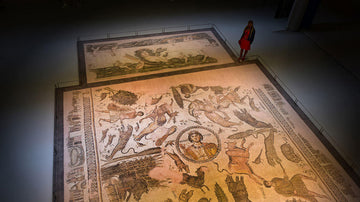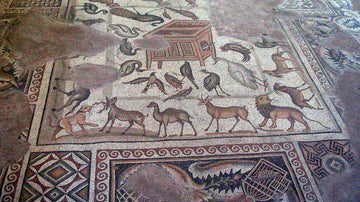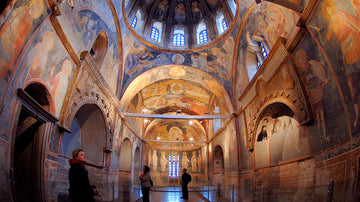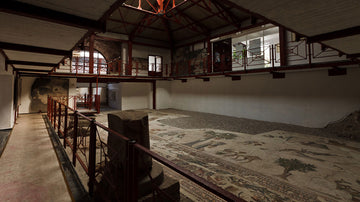Hatay Mosaic Museum is renowned its outstanding collection of Roman mosaics. The unique mosaics are very beautiful artifacts that symbolize the former wealth and splendor of Antakya.
Unearthed during excavations that began in 1932, these mosaics are being exhibited today at the Hatay Mosaic Museum. Dating from the Roman and Byzantine periods, these mosaics are adorned with mythological and profane subjects, worked out with an astonishing degree of realistic detail. Most of these mosaics were used to decorate the pavements of public baths, churches and houses, in Samandagi, Harbiye and Antakya.

Hatay Mosaic Museum also has many sculptures, the most important of which is the statue of Apollo.
What's on Display?
The mosaics displayed in the Hatay Mosaic Museum were all made between the 2nd and 6th Century AC. There is a wide variety of themes in the mosaics including mythology and scenes from daily life in addition to their geometric and botanic ornamentation. There are also floor mosaics which serve a decorative purpose.
The mosaics excavated in and around Antakya are justifiably famous around the world for their size, production techniques and variety of themes.
Extraordinary Collection
The coin collection is the second most important collection in the museum due to its size and the variety of its pieces.
Another important collection in the museum consists of items from the Hittite civilization.
In the museum, items can be seen in chronological order from the Neolithic period to the Middle Ages. However, the mosaic museum also possesses a much wider collection, covering items from the Paleolithic period to modern times.







